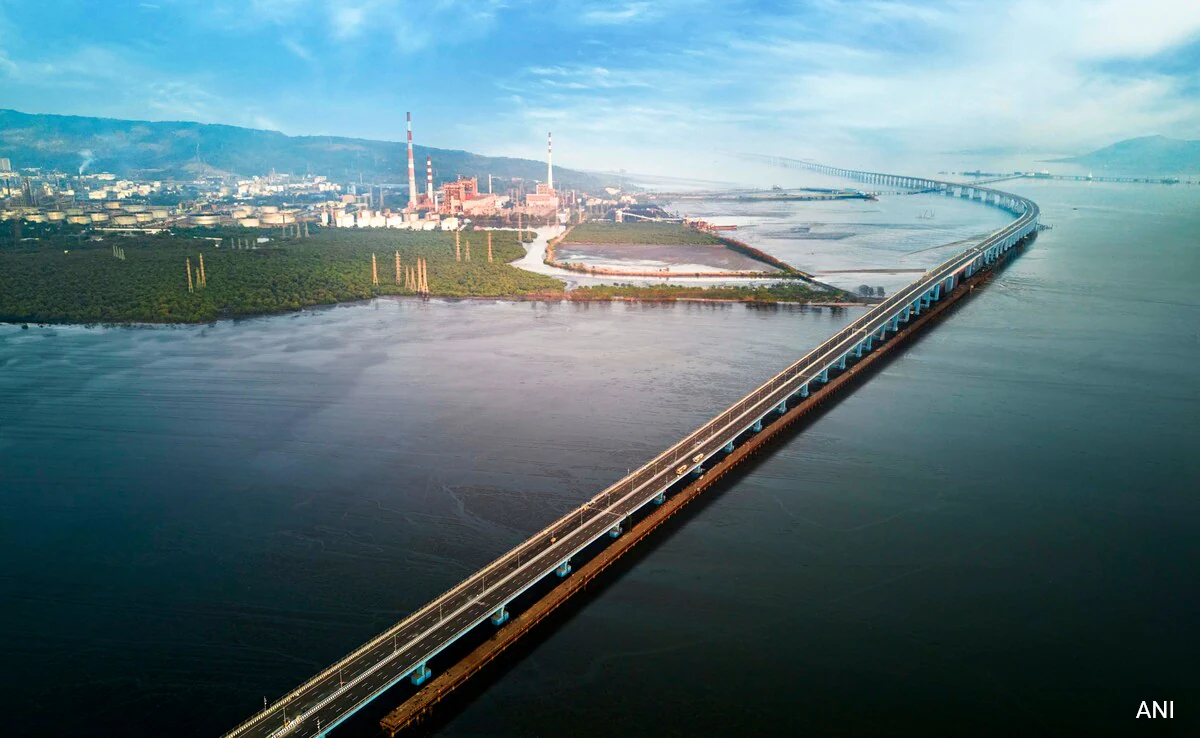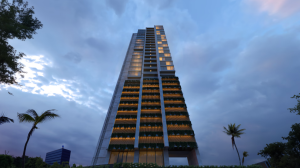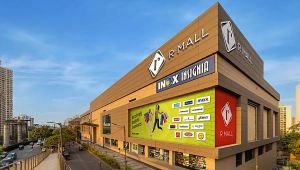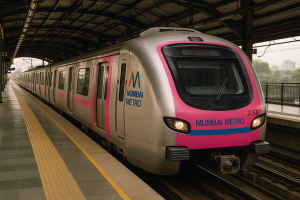Atal Setu
As he lays the foundation stone for project worth ₹17,840 crore, the prime minister says that the six-lane trans-harbour bridge, which is 21.8 km long with a 16.5 km sea link, demonstrates India’s infrastructure prowess. The government’s goal is to increase citizens’ ease of mobility by bolstering transportation infrastructure.
The Atal Bihari Vajpayee Sewri Nhava Sheva Atal Setu, also called the Mumbai Trans Harbour Link (MTHL), has been accessible to the public since Saturday.
Over 70,000 vehicles are anticipated to cross MTHL, the longest sea bridge in India, which spans 21.8 km, of which 16.5 km is above sea level, each day.
Unveiling the six-lane Atal Setu on Friday, Prime Minister Narendra Modi said: “The inauguration of Atal Setu shows India’s infrastructural prowess and underscores the country’s trajectory towards a ‘Viksit Bharat’. In addition to providing jobs in the transportation and construction sectors, this project employed about 17,000 laborers and 1,500 engineers.
In Navi Mumbai, the PM also set the groundwork for several development projects valued at over ₹12,700 crore. These projects span a number of industries, including drinking water, gems and jewellery, road and rail connectivity, and women’s empowerment.
Objective:
The primary objective of the bridge is to provide expeditious connectivity to Mumbai International Airport, and Navi Mumbai International Airport, and reduce travel time from Mumbai to Pune, Goa, and South India.
It also seeks to improve Jawaharlal Nehru Port and Mumbai Port’s connectivity.
To improve security on the bridge, the government has installed about 400 cameras as well as thermal cameras for fog detection.
The state home department will publish a notice appointing authority for two police stations: the first 10.8 km will be covered by Sewri in Mumbai, and the remaining distance will be supervised by Uran in Navi Mumbai.
Toll charges:
A proposal to charge cars utilizing the MTHL a one-way toll of Rs 250 per trip was approved by the Maharashtra government on January 4. When the bridge is open to the public, these are the toll prices for cars using it.
A toll of Rs 375 will be levied on cars returning via the sea bridge. Monthly and daily passes will be available at Rs 625 and Rs 12,500, respectively.
A single journey for Light Commercial Vehicles (LCVs) and minibuses will cost Rs 400, with a return toll of Rs 600. Users of these vehicles can purchase daily and monthly passes for Rs 1000 and Rs 20,000, respectively.
Users of buses and two-axle trucks will have to pay a one-way toll of Rs 830 and Rs 1,245 for a return journey. They can also purchase daily and monthly passes for Rs 2,075 and Rs 41,500, respectively.
For Multi-Axle Vehicles (MAVs – 3 axle), a one-way toll costs Rs 905, Rs 1,360 for a return journey, and Rs 2,265 and Rs 45,250 for daily and monthly passes, respectively. MAVs (4 to 6 axles) will cost Rs 1,300 for a single journey, Rs 1,950 for a return journey, Rs 3,250 for a daily pass, and Rs 65,000 for a monthly pass.
Users of oversized vehicles will be charged Rs 1,580 for a one-way journey, Rs 2,370 for a return journey, and Rs 3,950 and Rs 79,000 for daily and monthly passes.
Jibe at Uddhav Thackeray
“Most of these projects were initiated when there was a double-engine government in the State,” Mr. Modi said, making a jab at Uddhav Thackeray, the leader of the Shiv Sena (UBT). The previous government, which had a practice of commissioning development projects at an even higher cost and delaying them for years, had left the public with no hope. I promised the people in 2016 that the nation would advance, and now I have living proof of that.
Speaking about the ten years of development projects carried out by his administration, Mr. Modi stated, “Today’s discussions center around the completion of projects worth thousands of crores; earlier, multimillion crore scams were part of the discussion.” He mentioned the inauguration of new airports, the Bhupen Hazarika Setu and Bogibeel Bridge in the northeast, the Atal Tunnel and Chenab Bridge, numerous expressways, contemporary train stations, the eastern and western freight corridor, and the Vande Bharat, Amrit Bharat, and Namo Bharat trains.
He claimed that our government finished the Nilwande Dam project, which had been underway for fifty years. “Uran-Kharkopar railway line, started three decades ago, was fast-tracked by the double-engine government, and the first phase dedicated to the nation today. Similar to this, the Navi Mumbai Metro Project’s first phase was finished after a protracted delay. The planning for Atal Setu spanned 56 years. Under the previous government, the Bandra-Worli Sea Link, a five-times smaller project, took more than ten years to complete and had a four- to five-fold increase in budget.
He praised the State leadership for managing to finish MTHL Atal Setu on schedule in spite of the COVID-19 pandemic-related delays. Our goal is to make it easier for citizens to move around by enhancing urban transportation infrastructure and connectivity. In addition to cutting down on travel time from Mumbai to Pune, Goa, and South India, it will offer quicker connectivity to the Mumbai International Airport and Navi Mumbai International Airport. Additionally, it will strengthen the connection between Jawaharlal Nehru Port Terminus and Mumbai Port,” he continued.
Mr. Modi conveyed his appreciation to the late Japanese Prime Minister Shinzo Abe for his endeavors in finalizing the trans-Hazard link. “There is enough steel in the project to build six Statue of Liberty and four Howrah Bridges.” The PM stated, “We had decided to finish building this bridge as soon as possible.
Speaking about government initiatives and women’s empowerment, he stated: “The Maharashtra government is leading the way in women’s empowerment efforts through programs like the Lek Ladki Yojana, the Mukhyamantri Mahila Sakshmikaran Abhiyan, and the Nari Shaktidoot application. Our initiatives for women’s development include the Ujjwala, Ayushman Card, Jan Dhan Accounts, PM Awas, Matru Vandana, 26-week maternity leave, and Sukanya Samridhi accounts.
He gave the opening of Bala Saheb Thackeray Samruddhi Mahamarg, the ongoing construction of the Navi Mumbai Airport and Coastal Road Project, and the underground road tunnel that connects the Eastern Freeway’s Orange Gate to Marine Drive as examples of recent massive development projects in Maharashtra. This tunnel is expected to significantly alter Mumbai’s connectivity. Mumbai will soon receive its first bullet train as well. Maharashtra and central and northern India will be connected by the Delhi-Mumbai Economic Corridor. In order to link Maharashtra with Telangana, Chhattisgarh, and other nearby States, transmission line networks are also being built. Maharashtra’s economy will benefit from significant pipeline projects for oil and gas, Aurangabad Industrial City, Navi Mumbai Airport, and Shendra-Bidkin Industrial Park.
















